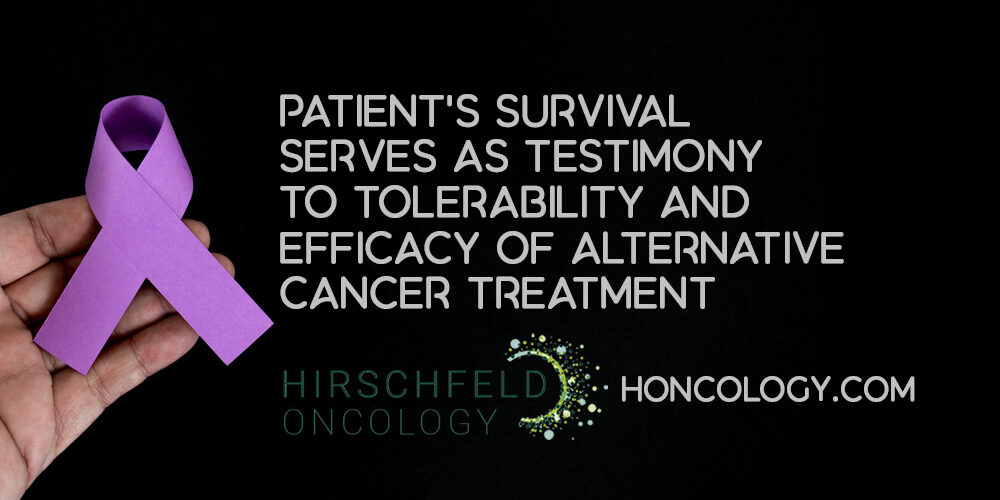Introduction: Understanding Patient Experiences with Low-Dose Multi-Drug Chemotherapy
Overview of low-dose multi-drug chemotherapy
Low-dose multi-drug chemotherapy, often referred to as metronomic chemotherapy, involves administering smaller doses of multiple chemotherapeutic agents more frequently and continuously rather than using high-dose intermittent cycles. This approach targets cancer cells by disrupting tumor growth pathways, blood vessel formation (angiogenesis), and cancer stem cell populations, while also mitigating common adverse effects associated with traditional high-dose chemotherapy.
Recent studies suggest that these lower, more frequent doses can maintain or even improve therapeutic effectiveness through synergy between drugs, reduce toxicity, and help prevent the development of drug resistance. Importantly, combination regimens are designed to be individually tailored, sometimes incorporating immunotherapy or targeted agents, to optimize patient outcomes.
Importance of patient-centered perspectives in cancer treatment
Understanding the patient experience is crucial in low-dose multi-drug chemotherapy since quality of life and tolerance to treatment significantly influence adherence and overall outcomes. Patients often report fewer severe side effects such as fatigue, nausea, and hair loss compared to conventional high-dose regimens, enhancing daily functioning and psychological wellbeing.
Furthermore, patients appreciate treatment strategies that address physical symptoms and psychosocial concerns, including the impact on family, social life, and medical costs. Close monitoring and communication with healthcare providers ensure side effects are managed promptly, and patients’ values and preferences guide personalized care plans.
Combining clinical efficacy with patient-reported outcomes is essential to advancing low-dose chemotherapy protocols and delivering compassionate, effective cancer care.
Physical and Psychosocial Patient Concerns during Chemotherapy
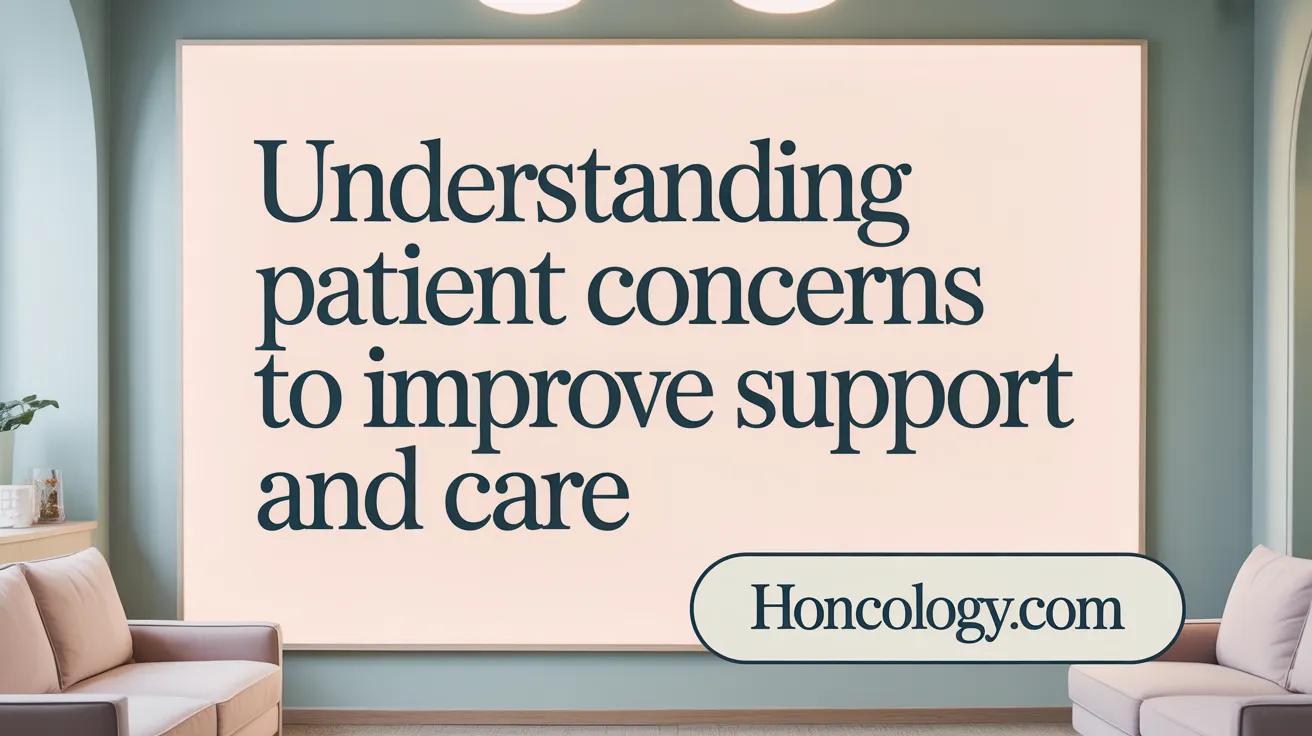
What symptoms and concerns do patients experience during chemotherapy?
Patients undergoing chemotherapy often face a range of physical symptoms that impact their daily lives. Fatigue is the most commonly reported side effect, alongside alopecia (hair loss), constipation, loss of appetite, and paresthesia (tingling or numbness). These common physical symptoms during chemotherapy can be distressing and vary in intensity.
Alongside these physical effects, many patients develop significant psychosocial concerns over time. The most frequently expressed non-physical worry is how treatment affects their family or partner. Additional concerns include the financial burden of medical costs, disruptions to social and personal life, and anxiety about recovery and treatment outcomes. This highlights the psychosocial issues in cancer chemotherapy and the critical role of medical social workers in cancer care.
Interestingly, there are notable gender differences in chemotherapy side effects. Female patients more often report gastrointestinal issues, poor taste, stomatitis (mouth sores), and dysesthesia (unpleasant sensations), which can be related to cultural roles such as meal preparation. Men tend to report fatigue and fever more frequently. Recognizing these differences is important for tailoring management of side effects to improve quality of life.
Managing both physical and psychosocial symptoms is essential for maintaining patients' quality of life during chemotherapy. Addressing non-physical concerns with a multidisciplinary approach, including support from medical social workers, alongside effective symptom management, can significantly improve the patient perceptions of chemotherapy symptoms.
Comparative Side Effects: Low-Dose Versus High-Dose Chemotherapy
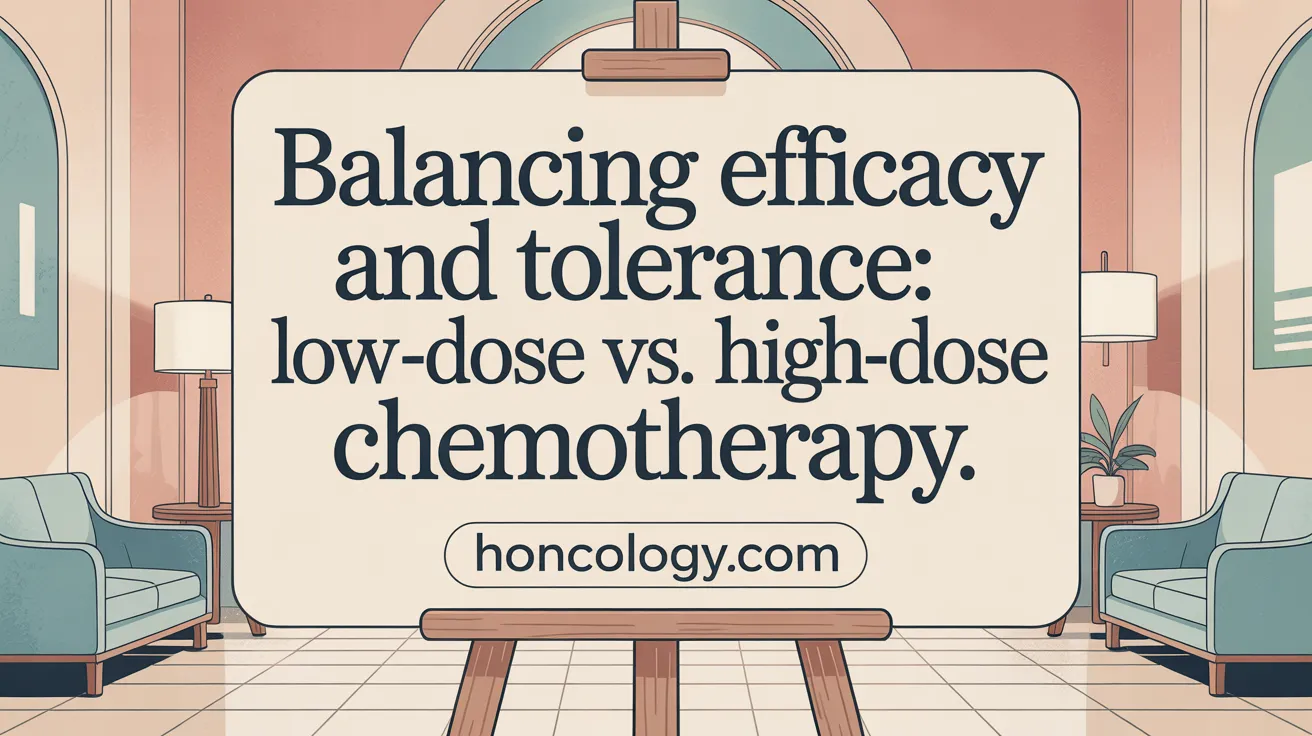
How do patient experiences differ between low-dose and high-dose chemotherapy?
Low-dose chemotherapy, often referred to as metronomic chemotherapy, involves giving smaller doses of chemotherapeutic drugs more frequently. Patients undergoing this approach typically report milder side effects such as mild fatigue and only minimal hair thinning. This contrasts with high-dose chemotherapy regimens, which usually employ the maximum tolerated doses aimed at aggressively killing cancer cells but often bring about severe side effects. These can include profound fatigue, significant hair loss, bone marrow suppression, and a higher risk of infections (chemotherapy side effects overview).
Differences in side effect profiles between low and high dose chemotherapy
- Low-dose therapy: Side effects are generally less intense, with patients experiencing fewer hematological toxicities, reduced nausea, and lower incidence of neuropathy and gastrointestinal distress. This approach can preserve quality of life and allow continuous treatment (low-dose vs high-dose chemotherapy).
- High-dose therapy: Side effects are more severe and can involve serious toxicities affecting organs and immune function, often requiring treatment delays or dose reductions due to toxicity management (dose intensity impact on chemotherapy).
Efficacy considerations
Some clinical studies indicate that low-dose chemotherapy can be as effective as high-dose regimens for certain cancer types, especially in patients sensitive to treatment toxicity (Metronomic chemotherapy benefits). However, high-dose chemotherapy still remains the standard for more aggressive cancers due to its proven potency in eradicating cancer cells. Ongoing trials are investigating the balance between efficacy and toxicity to better define the role of low-dose chemotherapy (optimizing cancer drug doses).
Suitability of regimens for sensitive or frail patients
Low-dose chemotherapy is increasingly considered a viable alternative for older adults or frail patients who are unable to tolerate the toxicity of high-dose treatments (chemotherapy for frail patients. It can provide tumor control with a better safety profile and fewer side effects, allowing patients to maintain daily activities and quality of life (patient experiences with low-dose chemo).
| Aspect | Low-Dose Chemotherapy | High-Dose Chemotherapy | Notes |
|---|---|---|---|
| Frequency | Smaller doses, more frequent (metronomic chemotherapy) | Maximum tolerated dose, less frequent (dose intensity impact | Metronomic dosing vs. traditional scheduling |
| Side Effects | Mild fatigue, minimal hair thinning (side effects overview | Severe fatigue, hair loss, bone marrow suppression (toxicity risks | High dose poses more toxicity risks |
| Patient Suitability | Frail, elderly, sensitive patients (frail patient chemo | Younger, fit patients with aggressive cancers | Personalized treatment essential |
| Efficacy | Comparable in some cases under study (clinical trials | Established for aggressive treatment | Ongoing clinical trials to optimize dosing |
| Quality of Life Impact | Better tolerated, fewer disruptions (patient experiences | More severe, often impacts daily living | Important for treatment adherence |
This comparison underscores the importance of balancing treatment effectiveness with tolerability to optimize outcomes for diverse patient populations (balancing chemotherapy efficacy and toxicity).
Real-World Patient Experiences with Low-Dose Multi-Drug Chemotherapy
What are the lived experiences of patients receiving low-dose multi-drug chemotherapy?
Patients receiving low-dose multi-drug chemotherapy often experience side effects that are generally mild and manageable. Common symptoms include mild fatigue, hair thinning, and occasional gastrointestinal discomfort. These less intense side effects allow many patients to continue with their daily routines, including staying at work, which positively impacts their sense of normalcy and quality of life (patient experiences with low dose chemo, side effects of chemotherapy, low dose chemotherapy studies.
How do side effects affect daily life and work?
The manageable nature of side effects with low-dose chemotherapy means patients can maintain much of their daily independence. Some report minor inconveniences such as dealing with hair thinning or slight stomach issues but often find these easier to cope with compared to symptoms linked with high-dose chemotherapy. The flexibility and tolerability of low-dose treatment enable patients to preserve social and professional roles with fewer interruptions (managing chemotherapy side effects, patient perceptions of chemotherapy symptoms, low-dose chemotherapy regimens).
How do patients psychologically adapt to treatment?
As treatment progresses, many patients develop psychological acceptance of their side effects and the treatment administration methods. Adaptations include strategies to manage discomfort from infusion devices and social anxiety related to visible treatment equipment. This acceptance helps patients reduce anxiety and maintain better mental well-being. They value comprehensive support from healthcare professionals that provide reassurance and timely intervention for any complications, fostering resilience and confidence during their treatment journey (adaptation to home chemotherapy, psychosocial issues in cancer chemotherapy, role of medical social workers in cancer care).
Together, these factors highlight the importance of personalized treatment plans that consider not only clinical effectiveness but also the real-world experiences and well-being of patients undergoing low-dose multi-drug chemotherapy (Optimized low-dose combinations, personalized chemotherapy treatment plans.
Clinical Outcomes and Toxicity Profiles of Reduced-Dose Chemotherapy Regimens
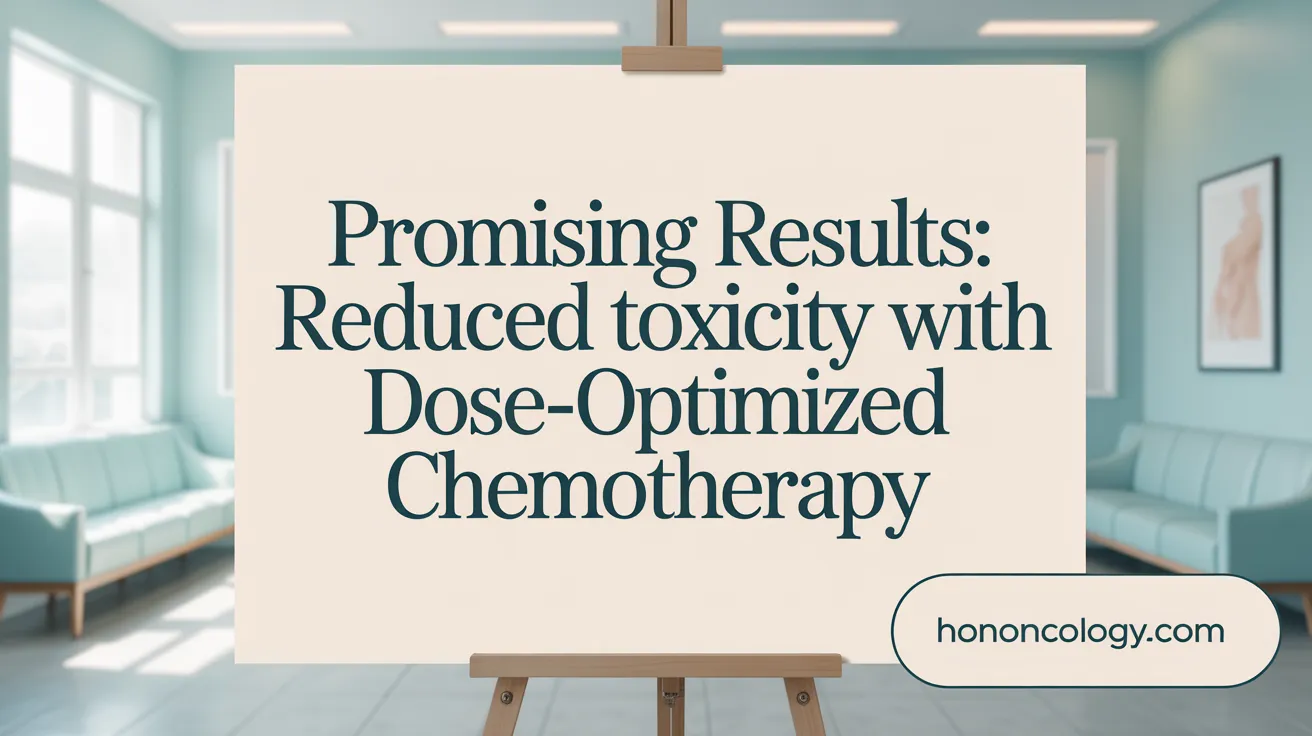
What are the clinical benefits and safety profiles of reduced-dose chemotherapy regimens?
Recent studies investigating Efficacy of reduced-dose chemotherapy plus immunotherapy in LUSC reveal promising clinical benefits. Patients receiving these lower doses in combination with PD-1/PD-L1 inhibitors achieved objective response rates near 85% and complete disease control in all treated cases, outcomes comparable to those seen with standard full-dose regimens.
The survival outcomes are notable, with median progression-free survival reaching approximately 12 months and overall survival around 15 months. These results suggest that dose reduction does not compromise efficacy significantly.
Safety profiles indicate meaningful advantages. Reduced-dose treatments result in markedly lower incidences of severe toxicity, particularly grade 3 and 4 adverse events such as thrombocytopenia, peripheral nerve damage, gastrointestinal side effects, and fatigue. Importantly, no treatment-related deaths were reported in this cohort.
How do these outcomes benefit frail and elderly patients?
Frail and elderly patients, who often cannot tolerate the severe toxicities associated with full-dose chemotherapy, stand to benefit substantially. Studies show these groups, including those with poorer performance status and advanced-stage disease, achieve similar clinical response rates and survival benefits when treated with reduced-dose regimens combined with immunotherapy.
This improved tolerability allows such vulnerable populations to maintain quality of life during treatment without sacrificing therapeutic effectiveness. The approach fosters personalized cancer care—tailoring chemotherapy intensity to patient health status while integrating the immune system's power through immunotherapy, as highlighted in Reduced-dose chemotherapy for vulnerable lung cancer populations.
In summary, Reduced-dose chemotherapy plus immunotherapy benefits for elderly patients offers a balanced and effective treatment option. It maintains tumor control and survival outcomes while significantly reducing toxicity, thereby expanding treatment possibilities for patients who might otherwise be ineligible for aggressive therapy.
Synergistic Effects of Combination Low-Dose Multi-Drug Therapies
How do low-dose multi-drug combinations enhance treatment effectiveness and reduce resistance?
Low-dose multi-drug therapies target multiple critical nodes within oncogenic signaling pathways simultaneously. For example, in EGFR-mutant non-small cell lung cancer (NSCLC), administering drugs that inhibit EGFR, RAF, MEK, and ERK at about 20% of their usual doses has been shown to fully block MAPK pathway activity and tumor cell proliferation. This approach exploits synergy, where multiple agents interact additively or synergistically rather than simply combining effects (Multiple low dose therapy).
By partially inhibiting several key pathway components instead of fully inhibiting one, these regimens disrupt tumor growth more effectively while reducing toxicity often associated with high-dose therapies. Another advantage is the prevention of drug resistance; high-dose single-agent therapies often exert strong selective pressure, leading to rapid resistance development. In contrast, low-dose combination strategies maintain durable pathway inhibition without inducing resistance mechanisms, as demonstrated in both cell line and patient-derived organoid models (Optimized low-dose drug combinations).
Clinical trials support these findings, showing that multi-drug low-dose combinations reduce tumor burden significantly and yield lasting responses. Personalized therapeutic optimization methods, such as phenotypically-driven therapeutically guided multidrug optimization, allow identification of effective drug blends tailored to individual tumor profiles. This personalized approach enhances efficacy and minimizes adverse effects, offering a promising pathway toward safer, more sustainable cancer treatment regimens (Multiple low dose therapy.
Patient Perspectives on Symptom Management and Quality of Life
How do patients perceive and manage symptoms during chemotherapy to preserve quality of life?
Fatigue stands out as the most frequently reported and distressing side effect experienced by chemotherapy patients, with about 72% experiencing it and over half rating it highly bothersome. This overwhelming tiredness significantly hampers patients’ ability to engage in physical activities, maintain work responsibilities, and fulfill social roles, leading to profound lifestyle disruptions (Fatigue as a prevalent chemotherapy symptom, Managing Chemotherapy Side Effects.
Another critical issue linked to chemotherapy is myelosuppression, which encompasses symptoms such as weakened immunity, bleeding, and shortness of breath. These symptoms not only add physical burden but also exacerbate feelings of isolation as patients struggle with infections and limitations in daily activities (Chemotherapy-induced myelosuppression symptoms, Chemotherapy Side Effects and Management).
Many patients describe a psychological challenge in managing these side effects, often feeling isolated and unable to maintain normal social and family interactions. This highlights the importance of acknowledging the emotional and social toll of symptom burden alongside physical effects (psychosocial issues in cancer chemotherapy.
Patients consistently express a need for better communication with healthcare providers about their symptoms. They seek improved recognition and proactive management strategies tailored to their experiences. Enhanced education about side effects and responsive supportive care can help patients adapt, reduce anxiety, and maintain a better quality of life throughout treatment (patient perceptions of chemotherapy symptoms, importance of nursing care and digital support in chemotherapy).
In summary, fatigue and chemotherapy-induced myelosuppression severely affect patient well-being, and ongoing, compassionate communication combined with personalized supportive interventions is essential for helping patients navigate their treatment journey more comfortably (Managing chemotherapy side effects, chemotherapy side effects and quality of life.
Advances in Dose Optimization and Personalized Chemotherapy Strategies
What progress has been made toward optimizing chemotherapy dosing to improve patient outcomes?
The traditional chemotherapy approach aimed at administering the maximum tolerated dose (MTD) to aggressively target cancer cells. However, emerging research challenges this paradigm, revealing that lower doses can maintain treatment efficacy while significantly reducing adverse effects. For example, dose reductions in drugs like palbociclib have allowed patients to sustain effective therapy with fewer side effects, improving quality of life.
Regulatory agencies are actively supporting this shift. The FDA's Project Optimus, launched in 2021, focuses on optimizing cancer drug dosing to minimize toxicity while preserving therapeutic benefit. Similarly, Project Renewal updates dosing guidelines for existing cancer drugs, endorsing safer and more effective regimens through evidence-based dose reductions, such as the lower capecitabine dose approved for metastatic breast cancer.
Clinical research complements these initiatives by employing advanced computer modeling for dosing. Trials are investigating lower doses, treatment holidays, and personalized schedules based on tumor response and patient tolerability. These efforts move away from the one-size-fits-all MTD approach to embrace individualized treatment plans.
Patients themselves are becoming advocates for personalized dosing. Stories like Kimberly’s, whose dose reduction led to sustained remission and manageable side effects, highlight the benefit and feasibility of tailored chemotherapy regimens. Surveys indicate many oncologists are receptive to dose adjustments to enhance patients' quality of life.
Together, these advances reflect an evolving cancer treatment landscape prioritizing minimum effective dosing and patient-centered care, aiming to balance efficacy with reduced toxicity through personalized chemotherapy treatment plans.
The Role of Immune Modulation in Low-Dose Chemotherapy Regimens

How does low-dose chemotherapy influence the immune response in cancer treatment?
Low-dose metronomic chemotherapy (LDM) plays a critical role in modifying the immune landscape within tumors. Unlike conventional high-dose chemotherapy, LDM delivers continuous, low-level doses that not only target cancer cells directly but also exert antiangiogenic effects. This means it inhibits the formation of new blood vessels that tumors need to grow, effectively starving them of nutrients and oxygen. Low-dose metronomic chemotherapy
A pivotal immunomodulatory effect of LDM chemotherapy is the depletion of immunosuppressive cells such as regulatory T cells (Tregs) and myeloid-derived suppressor cells (MDSCs), both of which are key players in dampening the body's anti-tumor immune response. By reducing these cells, LDM chemotherapy restores and enhances immune system activity against cancer. Therapeutic vaccination for hematological malignancies and immune-stimulating effects of low-dose chemotherapy
Furthermore, low doses of chemotherapeutic agents promote the expression of molecules on cancer cells that improve immune recognition. For example, they can increase major histocompatibility complex (MHC) class I molecules and upregulate death receptors like FAS and TRAIL, making cancer cells more susceptible to apoptosis triggered by immune cells. Low-dose regimens also stimulate the release of immunostimulatory factors such as calreticulin, HMGB1, and ATP from tumor cells, further activating immune responses. Therapeutic vaccination for hematological malignancies and immune-stimulating effects of low-dose chemotherapy
Impact on tumor microenvironment and regulatory T cells
LDM chemotherapy modifies the tumor microenvironment by inducing apoptosis in tumor-associated endothelial cells, thereby reducing tumor vasculature. This disrupts the tumor's supporting structures and impairs its ability to sustain growth. Low-dose chemotherapy regimens and tumor microenvironment
Simultaneously, the suppression of Tregs and MDSCs alleviates immune tolerance within the tumor microenvironment, allowing effector immune cells like natural killer (NK) cells and cytotoxic T lymphocytes to attack cancer more effectively. Therapeutic vaccination for hematological malignancies and immune-stimulating effects of low-dose chemotherapy
Enhancement of immunotherapy outcomes
The immune-modulating properties of low-dose chemotherapy synergize well with immunotherapeutic approaches. By priming the immune system and making tumors more visible and vulnerable to immune attack, LDM chemotherapy can enhance the efficacy and safety of immune checkpoint inhibitors and therapeutic cancer vaccines. Efficacy of reduced-dose chemotherapy plus immunotherapy in LUSC
Preclinical and clinical studies have demonstrated that combining low-dose chemotherapeutic agents with immunotherapy leads to improved tumor control, prolonged survival, and manageable toxicity profiles, especially in hematological malignancies like lymphoma and in some solid tumors. Therapeutic vaccination for hematological malignancies and immune-stimulating effects of low-dose chemotherapy
This synergy opens avenues for personalized combination therapies that optimize antitumor immunity while minimizing treatment-related adverse effects, representing a promising paradigm shift in cancer therapy. Optimized low-dose drug combinations and personalized cancer treatment
Patient Quality of Life and Symptom Management in Home-Based Chemotherapy
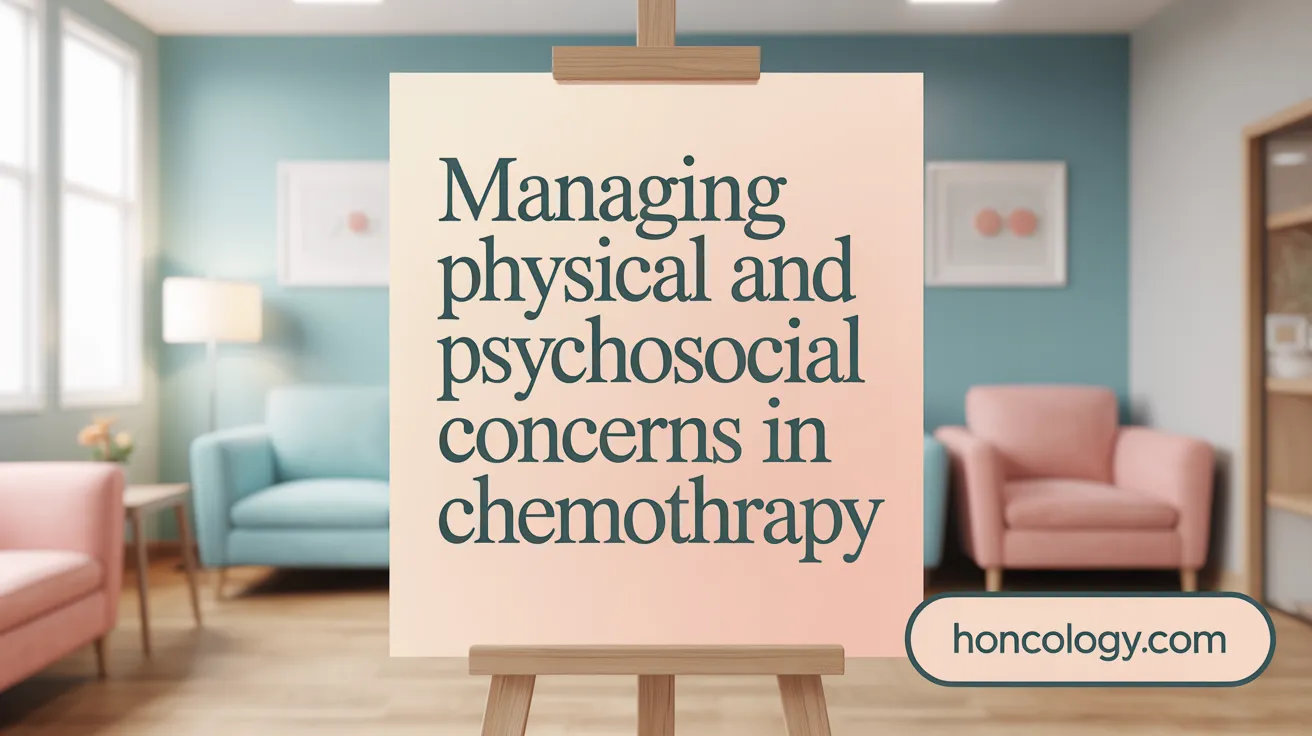
What are the experiences and challenges of patients receiving chemotherapy at home?
Patients undergoing chemotherapy at home commonly express high satisfaction due to the comfort it offers and the freedom to maintain daily routines and stay close to family. This setting helps patients feel less isolated and better able to manage their personal and social lives while undergoing treatment (patient perceptions of chemotherapy symptoms, Patient satisfaction with home chemotherapy.
However, managing chemotherapy at home poses several challenges. Side effects such as nausea, vomiting, fatigue, numbness, and neuropathy remain significant psychological and physical burdens. These symptoms sometimes lead patients to consider discontinuing treatment due to their intensity (Chemotherapy side effects and management, psychosocial issues in cancer chemotherapy.
Another source of difficulty is managing the infusion device. Patients often experience discomfort and social anxiety related to carrying and concealing the device, though they tend to develop coping strategies as they gain experience. Patients have also learned to visually monitor infusion status but express a desire for simple, accurate measurement tools to ensure safe and effective treatment delivery (Patient satisfaction with home chemotherapy.
Effective supportive care for home chemotherapy patients includes timely nursing interventions to manage complications. There is a notable demand for accessible educational materials reflecting real-world experiences and digital systems for real-time monitoring and remote consultation. Such innovations could enhance patient safety, ease psychological distress, and improve overall quality of life during home treatment (Patient satisfaction with home chemotherapy, psychosocial issues in cancer chemotherapy.
Ethnicity and Genetic Factors Influencing Chemotherapy Experience and Outcomes
How do ethnicity and genetics affect patient responses to chemotherapy?
Ethnicity and genetic differences play a significant role in how patients respond to chemotherapy. Genetic polymorphisms affecting drug metabolism enzymes, drug transporters, and drug targets vary widely across ethnic groups. These variations can alter the effectiveness of chemotherapy and the likelihood of adverse side effects.
For instance, polymorphisms in cytochrome P450 enzymes such as CYP3A4, CYP2B6, and CYP2C9 influence the metabolism of drugs like cyclophosphamide. These enzymes show different activity levels among populations, contributing to variations in drug clearance and toxicity profiles.
Additionally, differences in expression or mutation rates of drug target genes like HER2 in breast cancer or BRAF in melanoma can affect how well targeted therapies work among ethnic groups. African American patients, for example, have been reported to experience higher rates of cardiotoxicity with anthracycline chemotherapy compared to Caucasians. Conversely, Asian populations may respond differently to EGFR inhibitors due to genetic differences.
Such pharmacoethnic variability underscores the importance of considering patients' genetic backgrounds when selecting chemotherapy regimens. Individualized treatment planning that incorporates genetic testing can help optimize therapeutic efficacy while minimizing toxicity.
Moreover, there are disparities in clinical trial enrollment and genetic research that limit understanding of these differences. Greater efforts are needed to include diverse populations in studies to develop more equitable and effective cancer therapies worldwide. For more detailed information, see pharmacogenomics and ethnic variations in chemotherapy.
Emerging Technologies and Future Directions in Low-Dose Multi-Drug Chemotherapy
What technological advances are shaping the future of low-dose multi-drug chemotherapy?
Recent innovations are revolutionizing how low-dose multi-drug chemotherapy is developed and personalized to patients. One significant breakthrough is the development of phenotypically-driven therapeutically guided multidrug optimization (TGMO. This technique experimentally screens drug combinations on both cancerous and healthy cells to identify synergistic effects at the lowest effective doses. TGMO enables researchers to rapidly pinpoint multi-drug regimens that deliver substantial tumor growth reduction—often around 80%—while sparing normal cells, as demonstrated in colorectal cancer models.
In tandem, computational modeling plays a pivotal role in refining chemotherapy dosing. Advanced computer simulations help design optimal dosing schedules that improve drug efficacy and limit toxicity, particularly in complex scenarios like multidrug-resistant cancers (Combination chemotherapy of multidrug-resistant cancer. These models can predict how tumor cells and normal tissue respond over time to various dosing patterns, highlighting opportunities to reduce resistance and minimize side effects.
Together, these strategies herald an era of personalized medicine, where treatment can be tailored to the unique biology of an individual's tumor. Using patient-derived three-dimensional tumor models and in vivo validations, clinicians can customize combinations and dosing strategies within weeks after diagnosis. This approach offers promising potential to enhance effectiveness, reduce harmful toxicity, and improve quality of life in cancer patients by moving beyond traditional one-size-fits-all chemotherapy dosing toward precision oncology with multiple low dose therapy.





.png)


.png)
.png)


